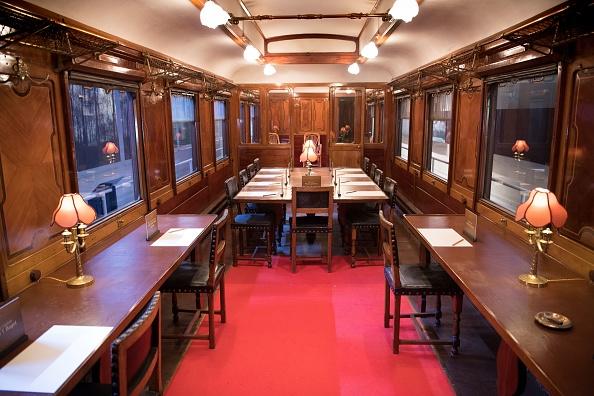As the centenary of World War I approaches, the Armistice Memorial Museum located in the northern French town of Compiègne, saw an increase in its number of visitors in recent months, with over 54,000 people have visited the emblematic site so far this year.
The museum houses an identical model of the “Armistice Carriage,” as it has come to be known, where the peace agreement ending the fighting on the Western front during World War I was signed on November 11, 1918, between the Allies and Germany.
President of the Armistice Memorial Association Bernard Letemps said the carriage was a symbol of peace and victory but should also act as a reminder of the horror and suffering of war.
“I think for everyone, [the carriage] represents peace, which is the space between two wars because before the war of 1914 there was a wait ... Before the war of 1870 (France-Prussian War) there was a 55-year wait, after the war of 1870 until the war of 1914 there were 44 years, between the two [World] Wars 20 years. And today we’re already at 73 years of peace in Europe,” Letemps said.
World War I, fought out in large part on French soil between 1914 and 1918, left about 10 million dead on all sides and remains firmly anchored in French memories.
The lasting image of the war was the trenches that snaked across northern France and Belgium, where soldiers, hunkered down in the mud, fought a terrible war of attrition where territorial gains could be measured in a matter of meters won over months and years.
The carriage, which used to be set in a clearing in the woods of Compiègne, was also the location chosen by Adolf Hitler during World War II to make France’s surrender official on June 22, 1940, marking the beginning of the collaborationist Vichy regime.
Hitler had the original carriage transported to Germany to be exhibited in Berlin but it was moved to protect it from bombings. It was later destroyed in the accidental burning of the Crawinkel railway station next to the Ohrdruf prison camp.
Approximately 160,000 Allied troops crossed the English Channel in the initial D-Day assault on June 6, 1944, paving the way for an Allied onslaught which would bring Hitler’s German empire to its knees less than 12 months later.
Timothy Sandiford, a visitor from England, said, “I think, especially in the world in which we’re living in at the moment, it’s a huge reminder that peace shouldn’t be taken for granted.”






